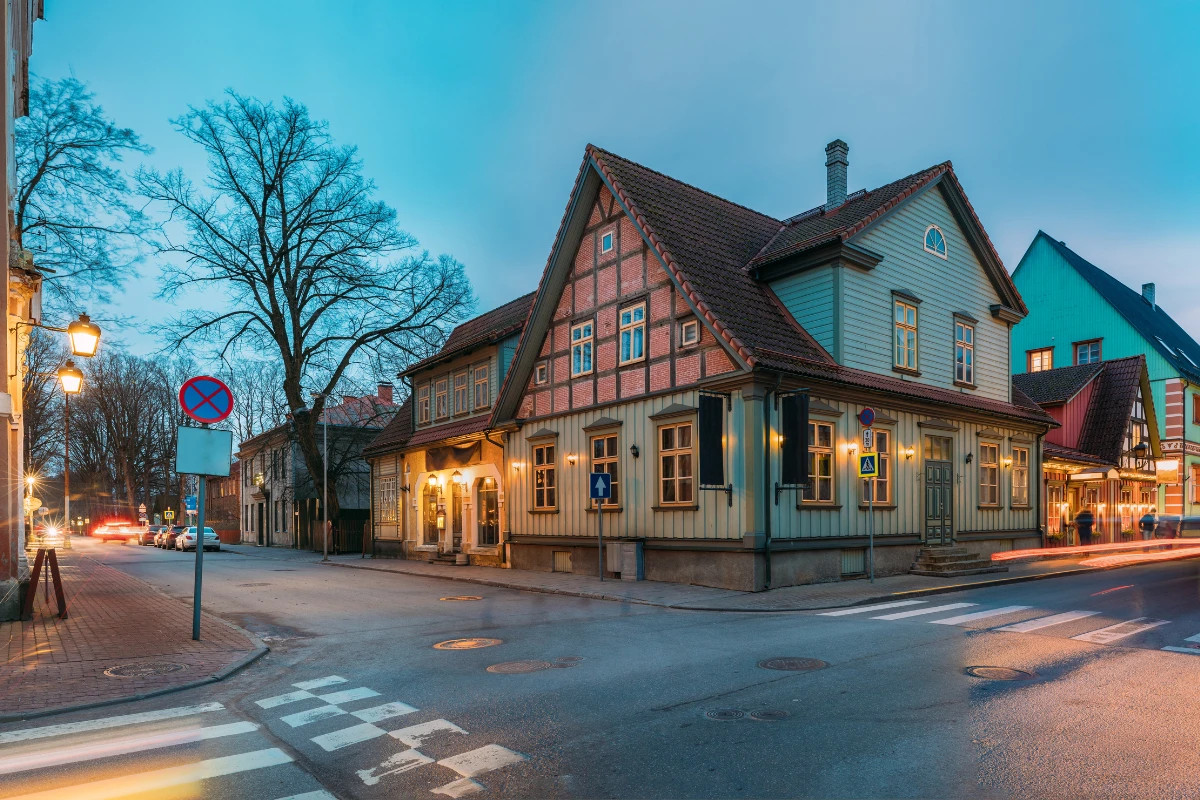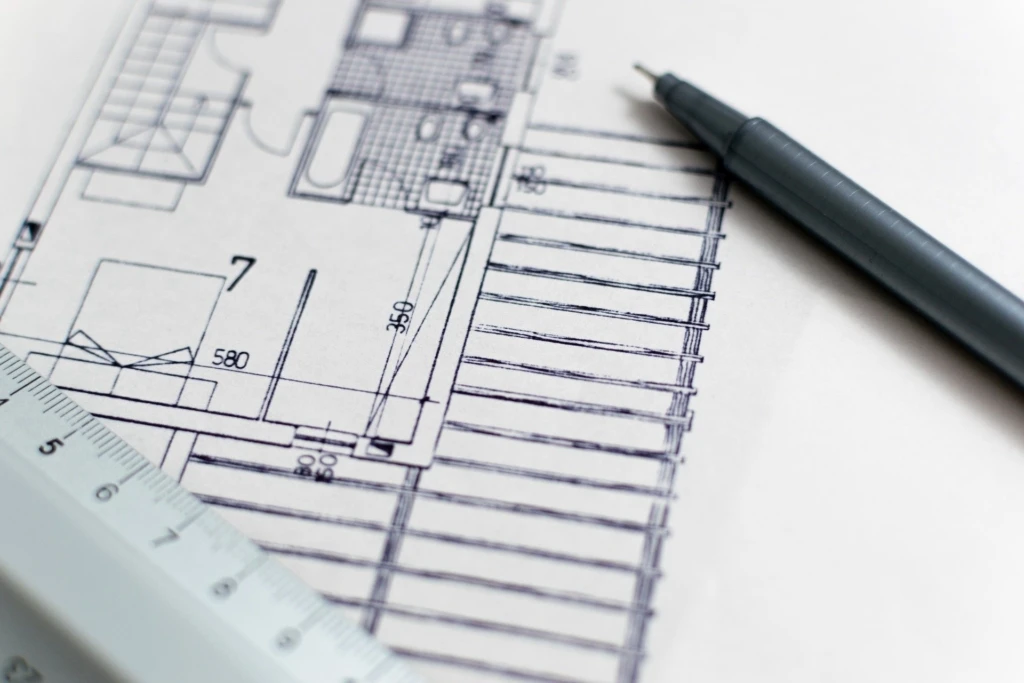The Apartment Market in Estonia's Largest Cities in 2025

Which city apartment to buy in 2025: Tallinn's growing business heart, Tartu's student stability, or Pärnu's seasonal demand? Below you'll find a compact overview of Estonia's major cities' profiles and apartment market logic.
Estonia's urban network context in 2025
Estonia's population was 1,369,995 on January 1, 2025, and the population turned to decline during 2024, as the number of births fell below 10,000 for the first time, while migration balance remained positive. These demographic shifts directly affect housing market demand and transaction dynamics in major centers. The declining birth rate (-11.5% compared to 2023) and negative natural increase (-6,066) create long-term pressure on the housing market, although immigration (+1,374 people) somewhat balances this trend.
In a situation where the average age of first-time mothers has risen to 28.9 years and Estonians' life expectancy has reached 79.5 years, the nature of apartment market demand is also changing – there is growing need for quality, energy-efficient, and well-accessible housing.
Tallinn: diverse demand and rapid development cycle
Tallinn concentrates jobs, universities, services, and international connections, which keep rental and purchase demand high. Within the city, demand moves cyclically: downtown and North Tallinn new developments are on buyers' radar due to energy efficiency and planning, while Mustamäe, Lasnamäe, and Haabersti offer families more square meters and better price accessibility.
Investors assess returns and risks by district. In some residential areas, there is strong rental demand, but returns also depend on property condition and added value. Downtown apartment prices may be higher, but more stable value and better liquidity provide peace of mind in the longer term.
A distinctive feature of the capital's apartment market is the large share of new developments, which offer energy-efficient solutions and contemporary planning. With Tallinn apartments, it's also important to monitor transport connections, as daily commuting to and from work significantly affects quality of life.
If you map out your options in Tallinn, start here: Tallinn apartments and our new projects search: new developments in Tallinn.
Tartu: student town's stable rental flow and quality demand
In Tartu, the apartment market rhythm is shaped by the academic calendar. Rental apartment occupancy is typically stable but price-sensitive; small apartments in good condition and quality have a competitive advantage. Rental prices tend to rise at the beginning of the academic year in August-September, when demand significantly exceeds supply.
New developments and renovated old town apartments attract buyers who value walking distance to the university, hospitals, and workplaces. Tartu's compactness and pedestrian-friendliness are important factors affecting apartment values – proximity to downtown adds a significant premium to the price.
For owners, it's important to account for the seasonality of the rental market and reserve a vacancy buffer for the August-September transition. An experienced rental apartment owner times contracts to end during the summer season, when demand is usually higher, or continues a good rental relationship with a suitable tenant.
If you need more specific advice or pricing help, it's worth contacting an experienced broker who knows the area and market situation.
Narva: price accessibility and the role of renovation
The key word for Narva's apartment market is accessibility. Transactions concentrate on smaller, renovated, or well-maintained apartments where purchase price and operating costs are under control. Demand is boosted by border proximity logistics and the job market, while building age sets limits on pricing.
A distinctive feature of Narva's apartment market is also significant renovation potential – many older apartment buildings need energy efficiency improvements, which creates opportunities for long-term investments. In renovated apartment buildings, apartment values are significantly higher, so it's worth monitoring housing association renovation plans.
For owners who want to enter the rental market, it's important to pay attention to repair plans and cost transparency. If you're renting it out, read about how ancillary costs are distributed: whether tenants must pay into the renovation fund.
Pärnu: seasonality and short-term rental potential
In Pärnu, the market has been shaken by tourism and the appeal of spas and seaside town attractions. Short-term rental offerings can increase returns, but require good timing, furnishing, and management; the advantage of year-round rental is stability and lower risk.

Renovated apartments in the downtown and beach area are highly preferred by buyers, but investors increasingly compare fixed costs, service proximity, and parking. With Pärnu, it's also important to consider flood risk in coastal areas, which can affect both insurance costs and property long-term maintenance costs.
As of 2025, Pärnu is seeing growing interest in year-round living solutions that allow remote work, but also offer access to entertainment and cultural events. This trend also positively affects the value of apartments located somewhat further from the center. If you're considering a second home option on islands or the coast, also check cottage sales.
Kohtla-Järve and Jõhvi: industrial background, potential returns
In the larger centers of Ida-Virumaa, demand has been created by industry, energy, and services. Transactions often concentrate on smaller apartments where purchase price is lower and potential rental returns are proportionally higher.
The buyer carefully examines the technical condition of the building, planned housing association work, and energy costs. In this region, it's especially important to assess heating system efficiency and the building's overall energy efficiency, as these costs make up a significant part of apartment maintenance costs.
Proximity to industrial areas can affect apartment prices and liquidity, so it's worth carefully considering the specific area's future prospects and development potential. If the housing association is facing major renovation, explore housing association renovation loan options.
Viljandi: culture- and family-life focused, quality demand
In Viljandi, well-maintained apartments with thoughtful planning are preferred, located near schools, healthcare, and green areas. Family buyers value low ancillary costs and parking solutions.
Viljandi's strength is a quality living environment that attracts people who value a slower pace of life but still want access to cultural events and services. The city's compactness allows convenient movement on foot or by bicycle, which is an increasingly important factor in choosing a place to live.
How to understand transaction activity by city in 2025
The number of transactions and price dynamics reflect three factors: demographic pressure, development volume, and financing conditions. In 2025, purchase decisions are influenced by overall population trends and household confidence.
In Estonia's population, the number of births and natural increase were in decline in 2024, but positive migration supported demand in centers and service consolidation, creating purchasing and rental power in major cities. There are also noticeable demographic shifts – population aging (average life expectancy 79.5 years) brings changes in housing demand.
Transaction activity is also affected by family changes – 6,361 marriages were concluded in Estonia in 2024 (2% fewer than in 2023) and 2,893 marriages were dissolved (9.2% more than in the previous year). These changes create additional demand for smaller apartments.
Practical steps for comparing the apartment market across cities
Define your goal: are you buying a home or an investment. Both have different assessment criteria – for a family home, long-term quality of life and proximity to social infrastructure are more important, for investment, stable rental returns and low vacancy risk.
Choose a micro-location within the city according to work, schools, and transport. Compare asking prices and ancillary costs for similar size and condition apartments. The price difference between similar apartments in different cities can range from 2-3 times, but this also reflects the economic vitality and service availability of the area.
For new developments, check the energy label and management solutions. In renovated buildings, assess the housing association's investment plans and potential loan burden. If you're looking for a quick and modern solution, consider factory-made homes as well.
Where to find more market information in Kinnisvara24
If you want to see big picture trends and price dynamics, check our statistics environment. There you'll find the latest information about developments in Estonia's real estate market, which will help you make more informed decisions.
If your plan is to rent out an apartment, it's helpful to think ahead about costs and contracts.
The basic message is simple: in larger cities, apartment prices depend primarily on the neighborhood and building condition. Even if transaction numbers fluctuate, demand for quality real estate remains stable. Start your search now, look at fresh listings, compare prices, and if necessary, seek advice from professionals. Find your next home or investment: open apartment sales and choose a suitable offer or get help from the broker registry.



